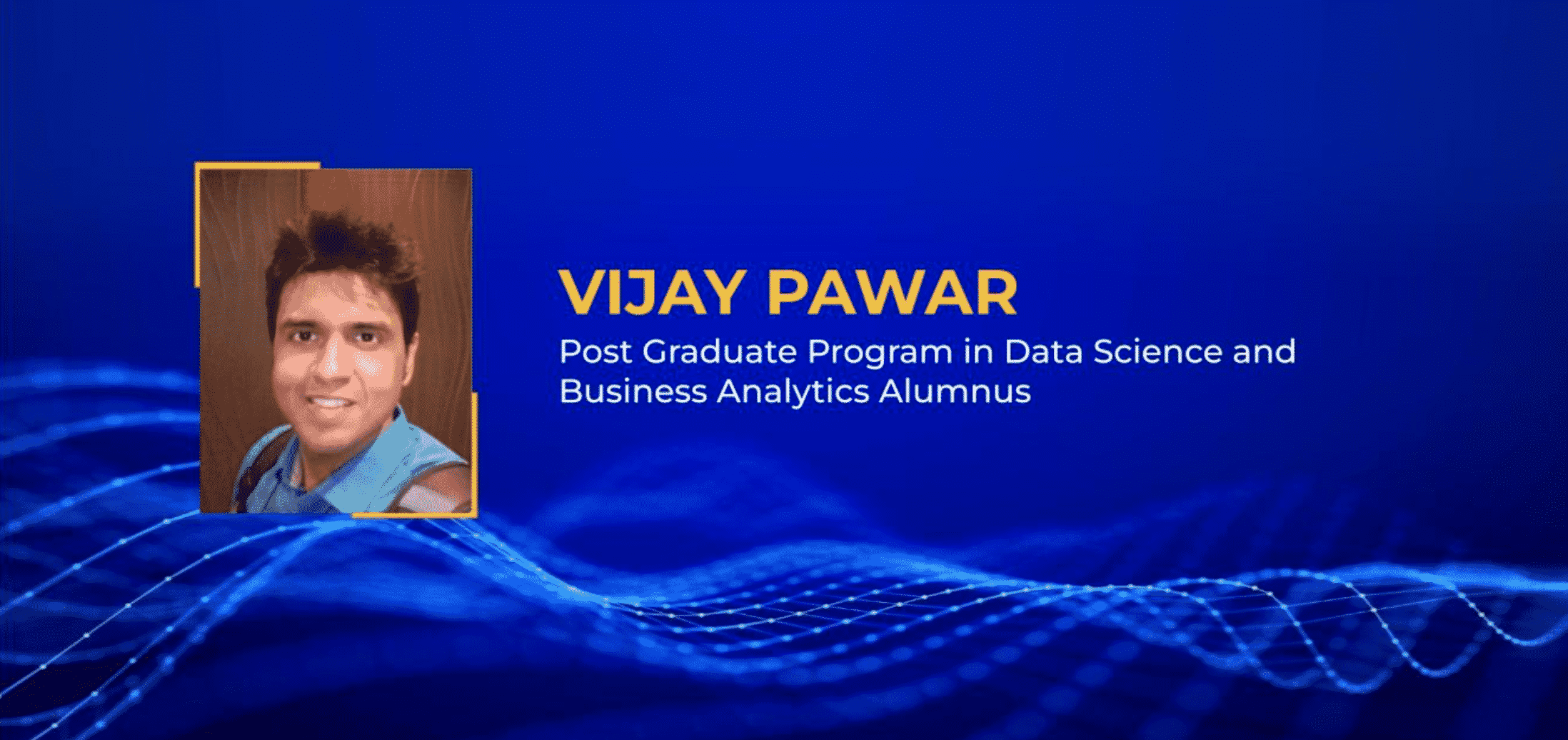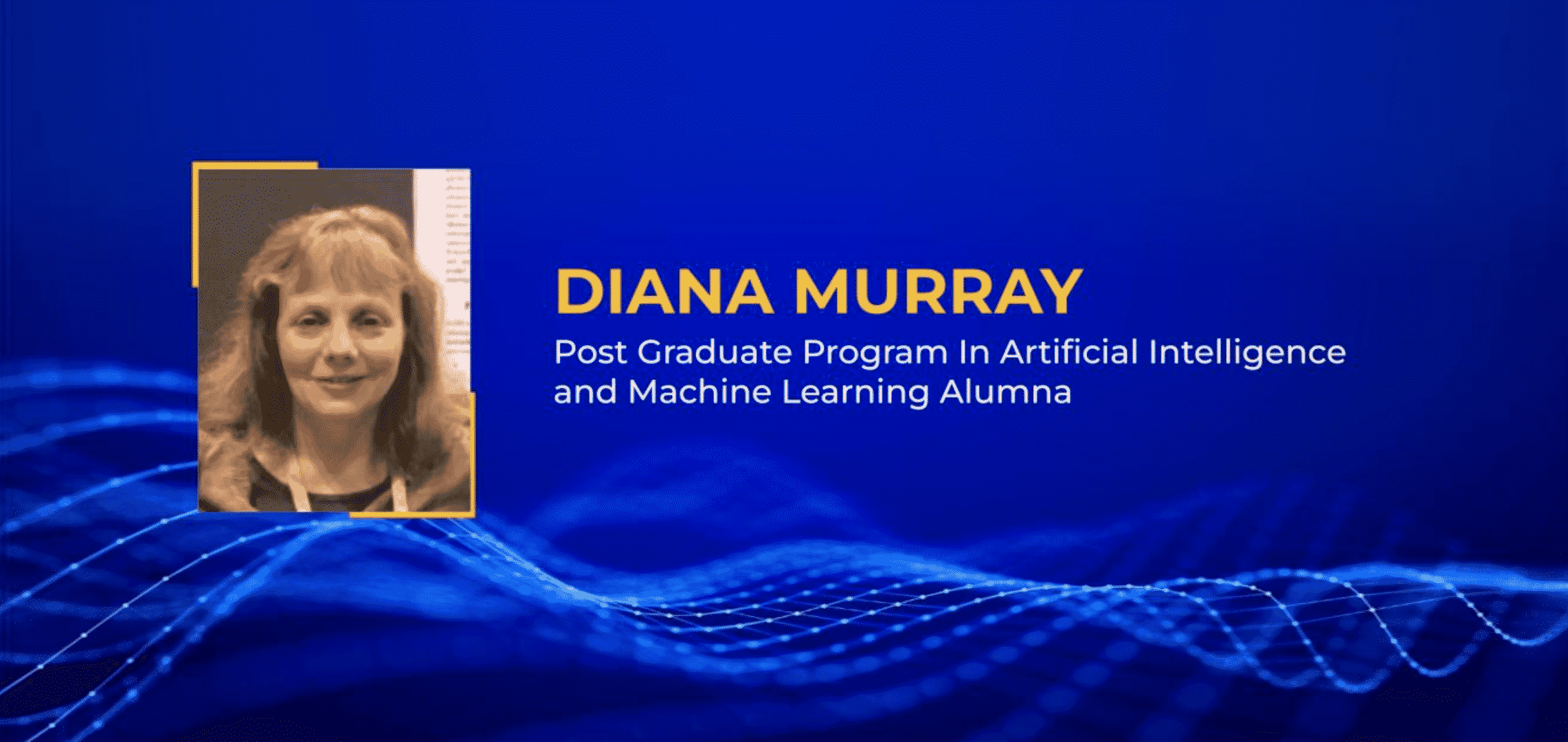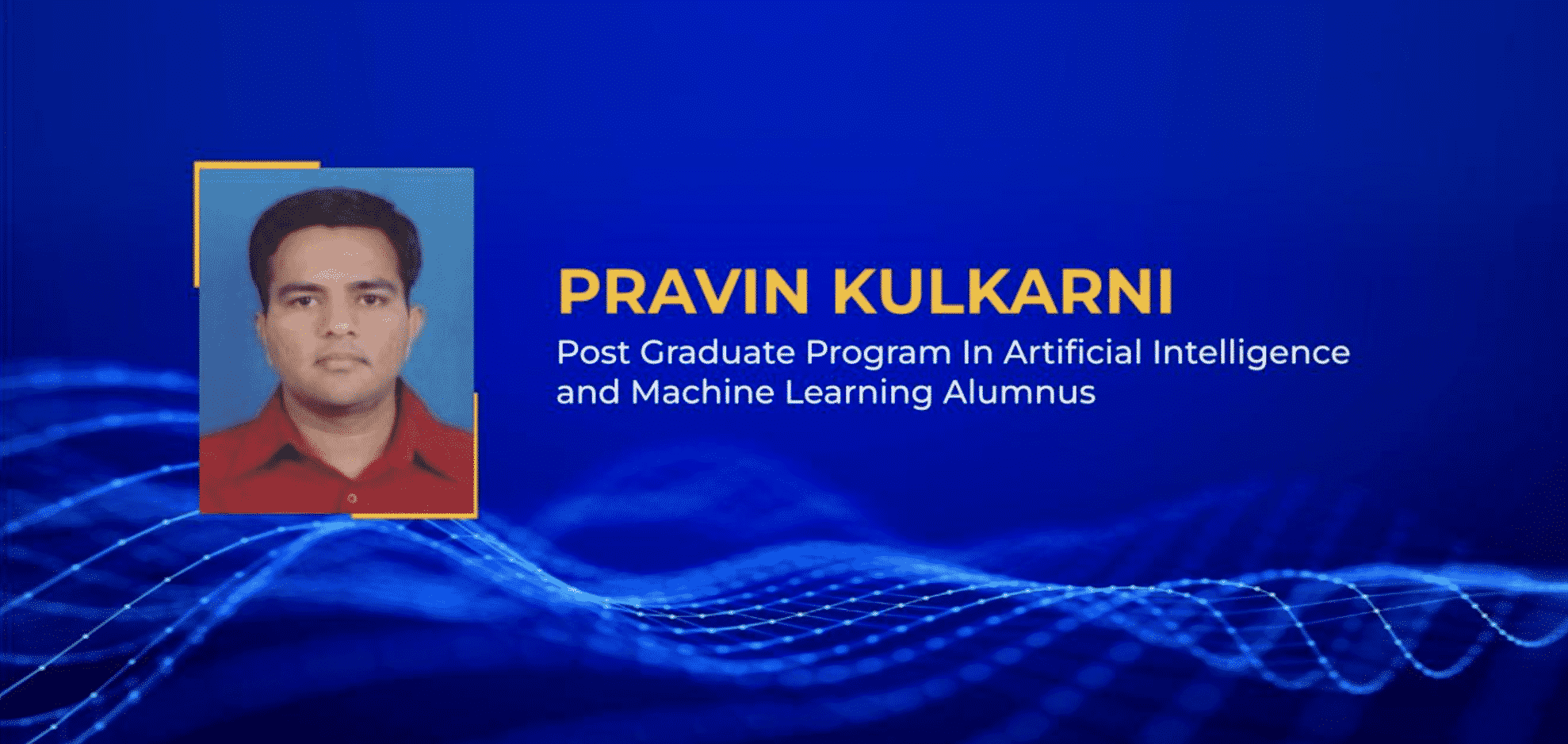I am Sailabh Singh having 10 plus years of experience in the Electrical Domain, mainly in the Infrastructure and Power Sector in India. I began my career journey in 2011 with nearly 4 years of experience in the Infrastructure sector, working in planning, coordination, and execution of Electrical 33/11 KV HT and 11/440 KV LT works at site and providing MEP services to the organization. I later joined one of the leading Power Utility sectors of India in 2015 in a Manager role of Operation and Maintenance of HT and LT network as a Sub Division Officer. Sailing through, I worked in different roles in my organization, namely Division Head (Loss Reduction), SCADA- system operations, and FPI (Fault Passage Indication) Project on 11 KV RMU (Ring Main Units). I am currently working in a team of Demand Side Management, Energy Efficiency, and Renewables (Rooftop Solar and EV), and my responsibility is to bring innovation in technology and global best practices of DSM, Energy Efficiency, and Renewables into my organization.
Undergoing multiple Proof of Concept ideas of AIML in my organization like Digital Twin, Data Lake, EHV Fault Sensing using Drones, Automated Demand Response Program, Time Series – Load Forecasting, Behavioral Energy Efficiency Program, Load Research Study, Consumer growth analysis of different category. I decided to join the PGP Program in AIML from Great Learning and get my hands dirty with coding, EDA Data visualization tools, Time Series Forecasting, etc., to prepare myself to present my ideas of innovation in technology on my own.
The opportunity to use AIML arose when I was given the work to perform an Automated Response Program on a large scale with 10000 domestic consumers and 5000 C&I consumers onboard program of 25 KW and prepare concept notes and collaborate with key players in the industry and bring some funding to perform Automated Demand Response program and to provide support to energy analytics team where they are struggling to map consumers at respective functional locations, and there was no proper SOP to follow drilling down the line to validate the loss levels of energy input minus energy sale at such huge database of consumers approximately 2.8 million having consumer base of average more than 1.5 lakh per division approximately.
Background:
Load growth of BRPL area is around 6% per annum, and maximum peak load was recorded at 3211 MW in the summer of FY 2019-20. The overloading of distribution and transmission networks is increasing continuously.
There are various mechanisms that the DISCOMs deploy to meet this peak demand, one of them being to procure power from the short-term market. However, peak power prices vary widely in the short-term market (Day-Ahead Market), and in certain instances, they can be higher than the Average Cost of Service (ACoS) of the BRPL at INR 7.11/kWh for the year 2019-20. Thus it is not a sustainable option.
The variation in daily demand for BRPL is very high. The geographic location of Delhi also leads to a higher seasonal variation in demand.
Automated Demand Response (ADR) Program:
When the Demand increases, and it becomes commercially unviable for DISCOMs to meet the increasing demand by increasing generation, Automated Demand Response is one effective solution that can be implemented by DISCOMs. Automated Demand Response (ADR) is the consumer’s ability to reduce electricity consumption at their location when wholesale prices are high, or the reliability of the grid is threatened. It helps DISCOMs in peak load management through improved demand management and generation of Megawatts (energy saved) by engaging consumer categories in ADR interventions. As the share of renewable energy increases in the generation basket, ADR programs can also support grid balancing.
Approx. 87% of the consumers are residential consumers, which are the major driving force for automated demand response programs for the residential sector. We propose the automated demand response program for residential as well as non-residential consumers,’ i.e., Commercial and Industrial (C&I) segments.
Hardware support like smart switch and software support like Distributed Energy Resource Management system (DERMS) is required for Auto Demand response.
Suggestions:
I proposed that with proper mapping, we can address issues of overloading at particular assets by not targeting the whole consumer base and shedding complete load. Instead, we can target on a need basis to provide relief to a specific asset like the grid, feeder, transformer, etc. But consumer mapping was an issue that we are already dealing with, so I decided to do mapping of one particular Division and present my idea, which everyone thought was impossible.
Challenges faced:
- Absurd Loss levels at Functional level.
- Data is collected from approximately 10 different sources.
- Merging such huge data in Excel is not an easy task to create master data to be ready for validation.
- No proper tool to address consumers mapping other than address which was not accurate to justify and route sequence on which meter reader took reading on a monthly basis.
- Applying V- Look was so confusing that the chances of manual error would be extreme when the consumer base is so huge, and data collected from different sources is not matching with the base data.
- Consumer base increasing in numbers @ more than 0.1 million per Financial year on the bigger picture and 1000 numbers/month/division.
- The change management system was slow and not accurate.
- No proper tool to validate consumer mapping other than decreasing Loss levels at respective Functional Locations.
Solution:
- For merging such huge data from multiple locations, I started my work in Python Jupyter notebooks, and it came out to be so easy that the time they took was days or two. I finished it in minutes using outer join and inner join and created an ML Pipeline for the same. Most of the time, they delete some data which they think is unnecessary for that particular work.
- Master data was ready for validation in less than an hour without deleting unnecessary data and struggling to bring it again to perform EDA.
- I took GPS coordinates available for my network and consumers from my GIS Team and plotted on Earth Map, where I was able to visualize intermixing or incorrect mapping.
- On Map, consumer density looks like Closed-loop clusters on Division and Subdivision levels.
- Drilling down the map at the sub-cluster and FL level, it looks like a scatter plot. Then working in Tableau, it becomes a lot easier to perform EDA.
- In Tableau, I streamline the process flow and validation of Data more accurately in the form of a Dashboard.
Impact:
- Organization: Process flow and Data Validation will get streamlined, and handing over the mapping within a time frame will make it a lot easier to apply change management.
- Loss report: Published loss reports of April’21 – November’21 where I can visualize varying loss level levels and compare them.
- To present my idea of an ADR program on one particular division to target need-based consumers.
- In addition, when everyone was thinking of mapping, I addressed issues of monthly peak loading and where No Current complaints are high by not deleting any data from the master.
- DT Capacity Analysis by using monthly peak loading, NCC, and sanction load versus maximum demand running.
- My Idea of DSM within the organization got praised by HOD and management, and new initiatives were given.
- I bring major funding from one key organization by presenting my idea for the ADR Program and offering that organization to be our channel partner.
Special Thanks to Mr. Aakash Thusu, my program manager and mentor, who guided me and motivated me through the program when I lacked confidence at the start of the program that my field was different, and I was having a problem coping with my work and excel in this program. He guides me that – “ Sailabh – Learning is important, not excelling, and in the end, this learning will help you in your future.”







